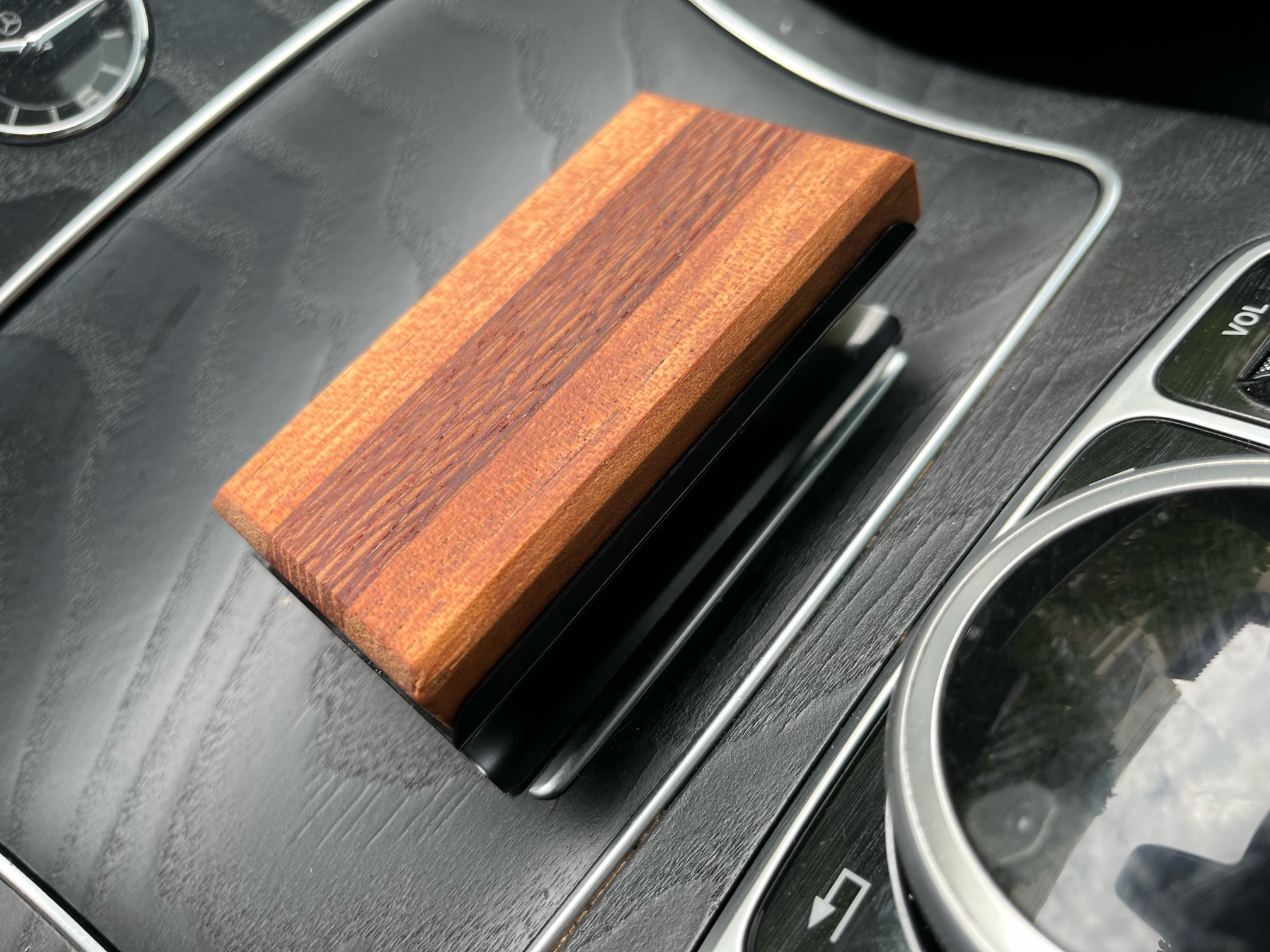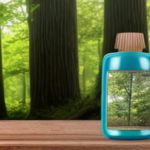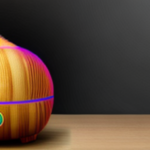
The manufacturing process of wooden air fresheners is a fascinating blend of traditional woodworking and modern fragrance technology. This article takes you behind the scenes to explore how these eco-friendly and aesthetically pleasing air fresheners are made, from the selection of wood to the infusion of scents.
1. Selection of Wood
The journey begins with the selection of the right type of wood. Manufacturers often choose woods like cedar, pine, or bamboo for their natural fragrance and porous nature, which aids in the absorption and diffusion of essential oils. The wood is sourced from sustainable forests to ensure environmental responsibility.
2. Cutting and Shaping
Once the wood is selected, it is cut into the desired shapes. This could range from simple blocks or discs to more intricate designs, depending on the product line. Advanced cutting techniques, like laser cutting, are often used for precision and to create detailed patterns or designs.
3. Sanding and Finishing
After cutting, the wood pieces are sanded to smooth out any rough edges and to prepare the surface for oil infusion. Some manufacturers may apply a natural finish to protect the wood and enhance its appearance, using eco-friendly varnishes or waxes.
4. Infusing with Fragrance
The most critical step is the infusion of fragrance. This is typically done by soaking the wood in a mixture of essential oils. The porous nature of the wood allows it to absorb the oils effectively. The duration of soaking varies, depending on the desired intensity of the fragrance.
5. Drying and Quality Check
Post-infusion, the wood is left to dry, allowing the scent to set in. During this phase, quality control is crucial. Each piece is inspected to ensure it meets the desired standards of fragrance intensity and quality.
6. Packaging
The final step is packaging, which is often done using eco-friendly materials to align with the product’s sustainable ethos. The packaging design plays a crucial role in marketing, with many brands opting for minimalist designs to reflect the natural and pure nature of the product.
Conclusion
The manufacturing process of wooden air fresheners is a testament to how traditional craftsmanship and modern fragrance technology can come together to create a product that is not only environmentally friendly but also a delight to the senses. As consumers increasingly seek out sustainable and natural products, the meticulous process behind these air fresheners highlights their appeal and growing significance in the market.




